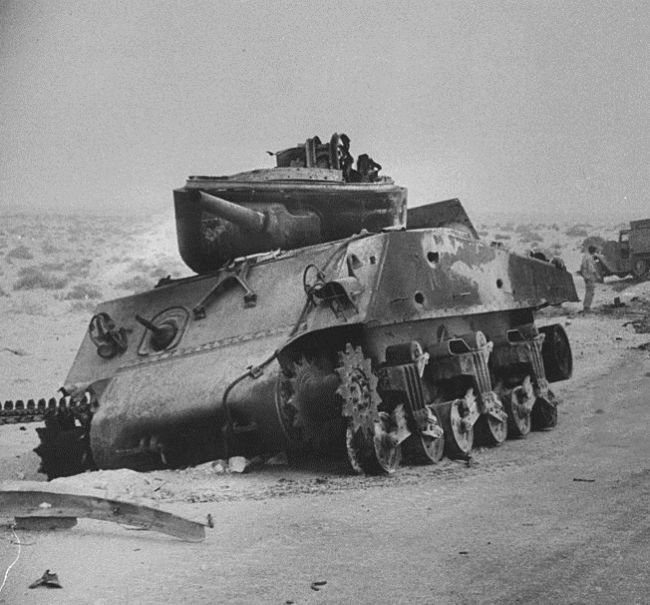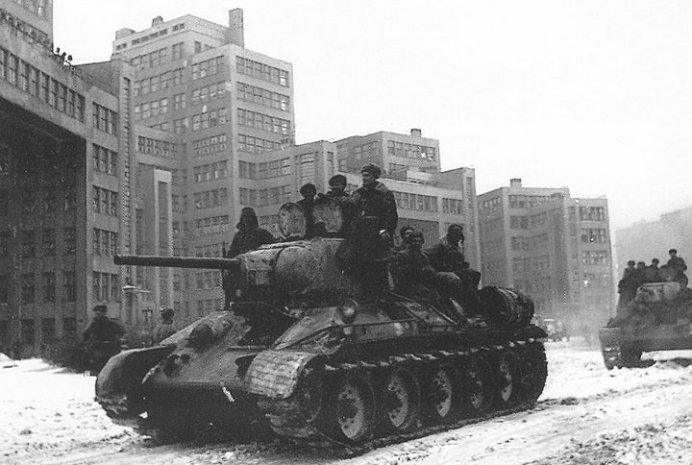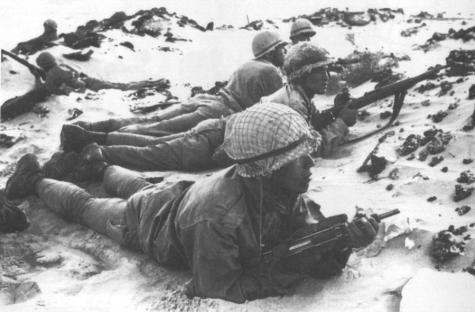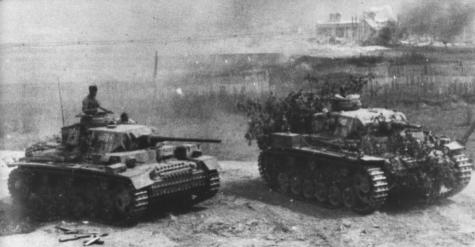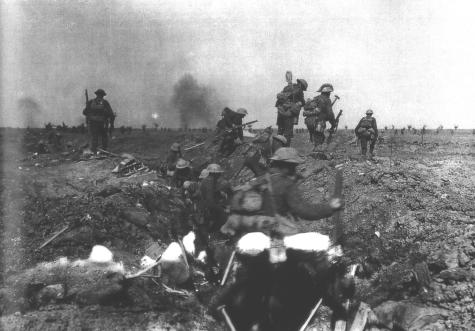This issue was addressed in multiple chapters of my book War by Numbers, so we will just present a few tables related to casualty effectiveness drawn from that book. They are simple comparisons of the average force ratios for attacks compared to the average loss ratios for these attacks. First, table compares the Soviet Union versus the German Army.
……………………………………………………….Average…………..Average
……………………………………………………….Force Ratio………Loss Ratio
All Soviet Attacks (18 cases)……………………..1.42-to-1…………..5.63-to-1
Soviet Low-odds Attacks (12 cases)…………….1.00-to-1…………..4.83-to-1
…..0.51- to 1.34-to-1
All German Attacks (31 cases)…………………..1.66-to-1………….0.30-to-1
German Low-odds Attacks (21 cases)…………..0.93-to-1………….0.41-to-1
….0.63- to 1.42-to-1
This shows a very significant casualty effectiveness advantage on the part of the Germans. When the Soviets attacked, they lost an average of 5.63 men for every German lost. When the Germans attacked, the lost .30 men for every man the Soviets lost, or inflicted 3.33 casualties for every 1 they lost. The difference between the effectiveness of the Germans when attacking versus defending is probably explained by the advantages of defense, terrain, etc. When the “odds are even,” which is roughly approximated by the low odds attacks, the Soviets attacked at an average odds of 1-to-1, yet lost almost five men for every one the Germans lost. The Germans attacks at less than 1-to-1, and caused almost 2.5 losses per one of their own (from War by Numbers, page 42)
Now these calculations were based on taking an average of the force ratios and the loss ratios (killed, wounded and missing). One can also sum up the total force ratios for all these attacks and compare them to the total losses for all these attacks. In the table below, the force ratio is the sum of the strength of all the cases, compared to the sum of the strength of the opposing forces, while the losses are the total losses for each side, compared to the losses on the opposing side.
………………………………………………………Total……………Total
Kursk Campaign Data…………………………..Force Ratio……Loss Ratio
All Soviet Attacks (18 cases)……………………..1.43-to-1………6.04-to-1
Soviet Low-odds Attacks (12 cases)…………….1.02-to-1………3.92-to-1
….0.51- to 1.34-to-1
All German Attacks (31 cases)………………….1.34-to-1……….0.30-to-1
German Low-odds Attacks (21 cases)…………0.99-to-1……….0.27-to-1
…..0.63- to 1.42-to-1
Notice that using the “weighted averages” did not change the numbers much. These figures still support the contention that there is a casualty effectiveness difference between the Germans and the Soviet of around 4 to 1 (from War by Numbers, page 44).
The 51 division-level engagements from the Arab-Israeli fighting show the following relationship:
………………………………………………………..Average………..Average
………………………………………………………..Force Ratio……Loss Ratio
All Israeli Attacks (33 cases)………………………1.29-to-1……….0.46-to-1
Israeli Low-odds Attacks (26 cases)……………..0.92-to-1……….0.43-to-1
….0.54- to 1.47-to-1
All Arab Attacks (18 cases)………………………..4.09-to-1………3.65-to-1
Arab Low-odds Attacks (2 cases)…………………0.96-to-1………4.91-to-1
….0.87- to 1.09-to-1
……………………………………………………….Total…………….Total
……………………………………………………….Force Ratio……Loss Ratio
All Israeli Attacks (33 cases)……………………..1.04-to-1……….0.31-to-1
Israeli Low-odds Attacks (26 cases)……………..0.89-to-1………0.28-to-1
….0.54 to 1.47 to 1
All Arab Attacks (18 cases)……………………….3.02-to-1………2.81-to-1
Arab Low-odds Attacks (2 cases)………………..0.95-to-1………3.87-to-1
….0.87 to 1.47 to 1
Now, there are probably performance differences between the Egyptian, Syrian, Jordanian, Iraqi and Palestinian forces, but for the sake of simplicity, all the Arab armies were lumped together. All the Arab attacks, with the exception of Mitla Pass in 1967, are from the 1973 war.
This fighting has the advantage that technologically there was not much difference between the opposing forces. The units were well armed and both sides had considerable armor. The Israeli’s had air superiority although in 1973, the Egyptians had very good air defense. It would appear that the major difference between the two armies was combat effectiveness.
One cannot help but note that the relative combat performance of the Israeli and the Arabs in 1956-1973 was similar in disparity to that between the Germans and the Soviets in 1943. This is not to say that the Germans and the Israelis performed at similar levels, as the only thing we are measuring is the relative combat performance between the two opposing forces. The German army in 1943 could have been superior to the Israeli Army of 1956-1973 and this would have meant that the Soviet Army in 1943 was also superior to the Arab armies in 1956-1973. We do not know if this is the case.
Trevor Dupuy’s analysis, using his model structure, but much of the same data, came to the conclusion that:
“The average Israeli combat effectiveness value (CEV) with respect to the Egyptians in 1967 was found to be 1.75; in other words, a combat effectiveness superiority of almost two-to-one. Following an identical procedure for the 1973 war, the average Israeli CEV with respect to the Egyptians for that war was 1.98…”[1]
As Trevor Dupuy’s combat effectiveness value is a force multiplier in his model of the combat power, then it is not directly comparable to exchange ratios, although it is related. In general, a force multiplier of two in his models will produce a casualty exchange rate of greater than two.[2] For all practical purposes, we are showing the same effect and the same results at roughly the same values.
Still these are forces that are at least competent or motivated enough to engage each other in a back-and-forth conventional engagement. There are many examples of truly one-sided results, like the 1991 Gulf War, and this seems to be typical of lots of operations of the post-World War II world (from War by Numbers, pages 50-51).

[1] Colonel T. N. Dupuy, Elusive Victory: The Arab-Israeli Wars 1947-1974 (HERO Books, Fairfax, VA., 1984), page 598.
[2] See the discussion in Chapter 16, “A New Square Law” in Col. T. N. Dupuy, Understanding War: History and Theory of Combat (Paragon House Publishers, New York, 1987), pages 221-235.


